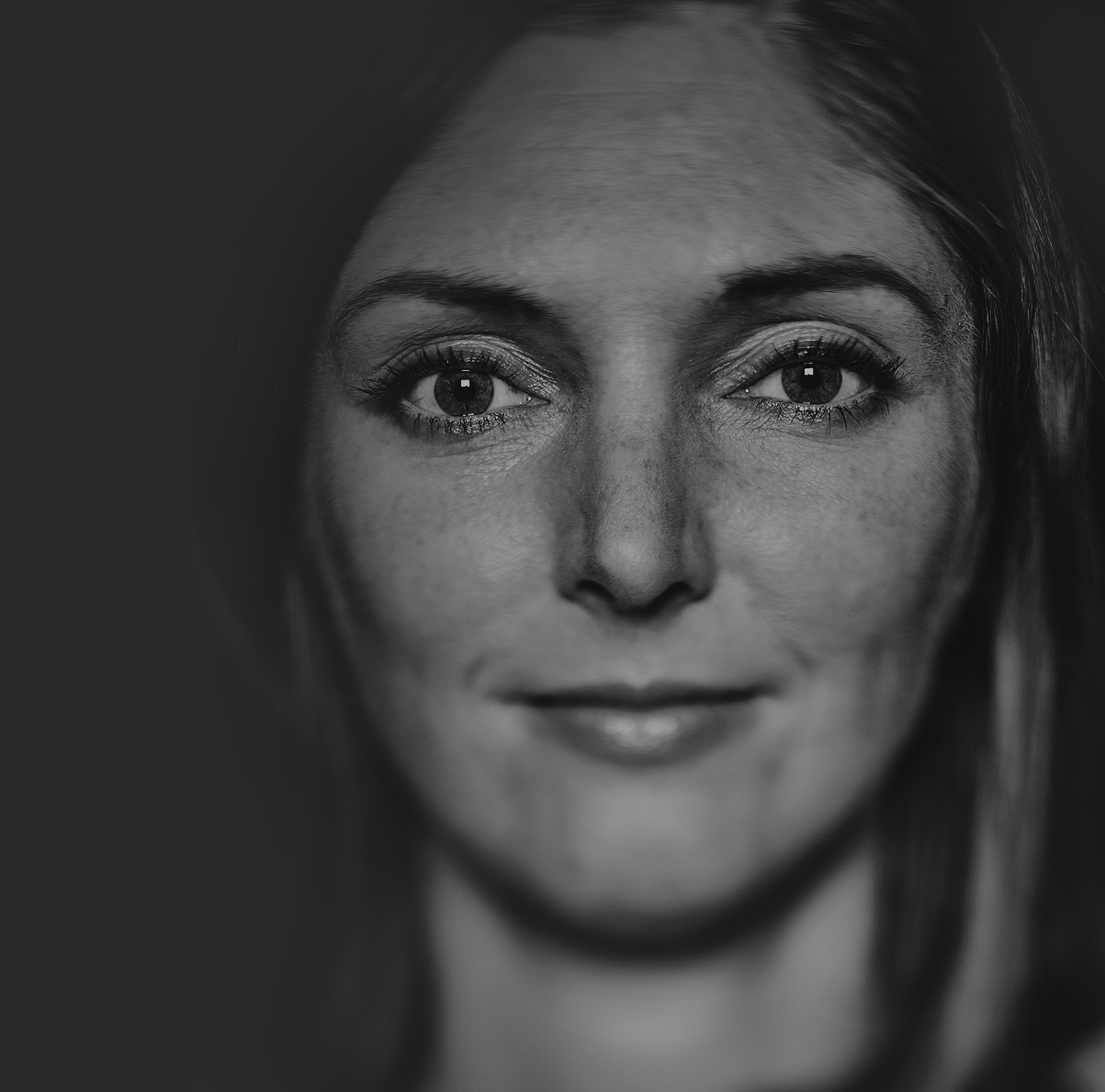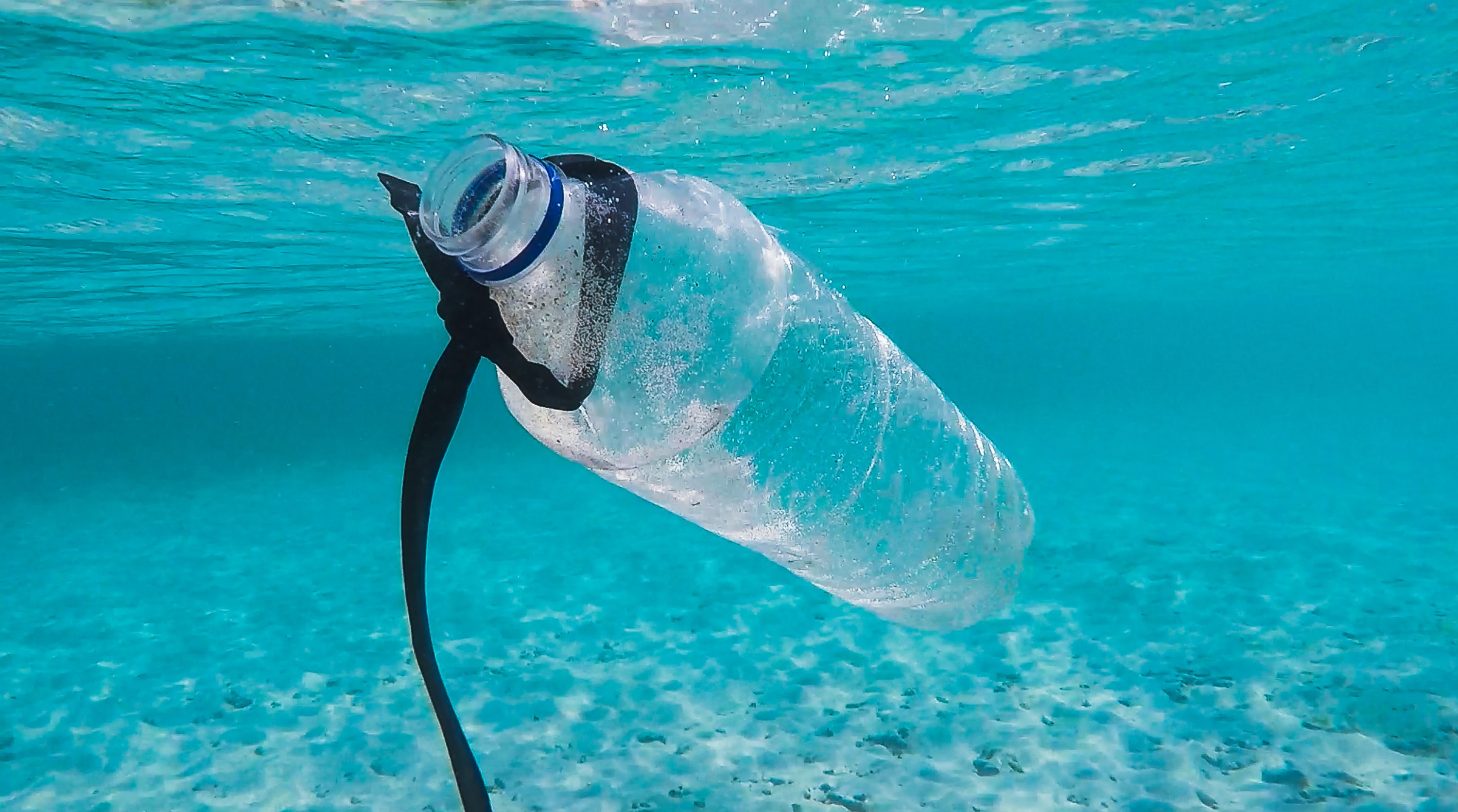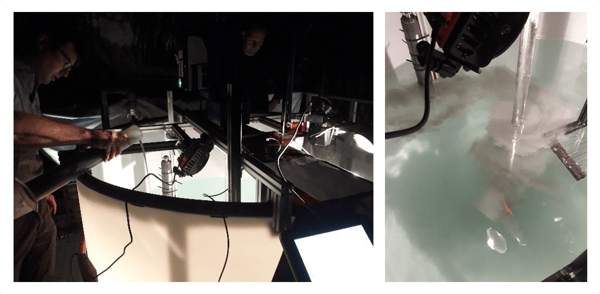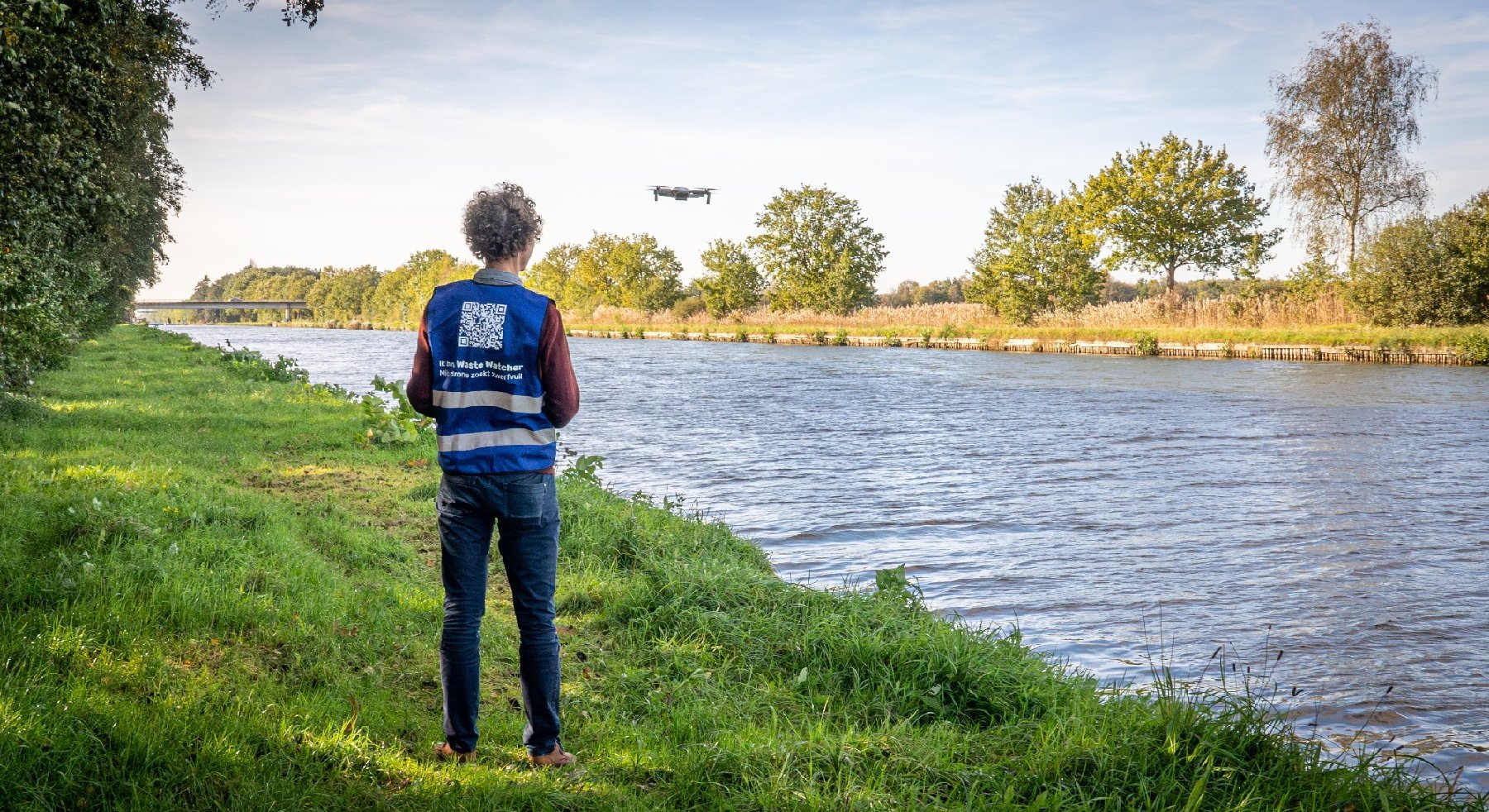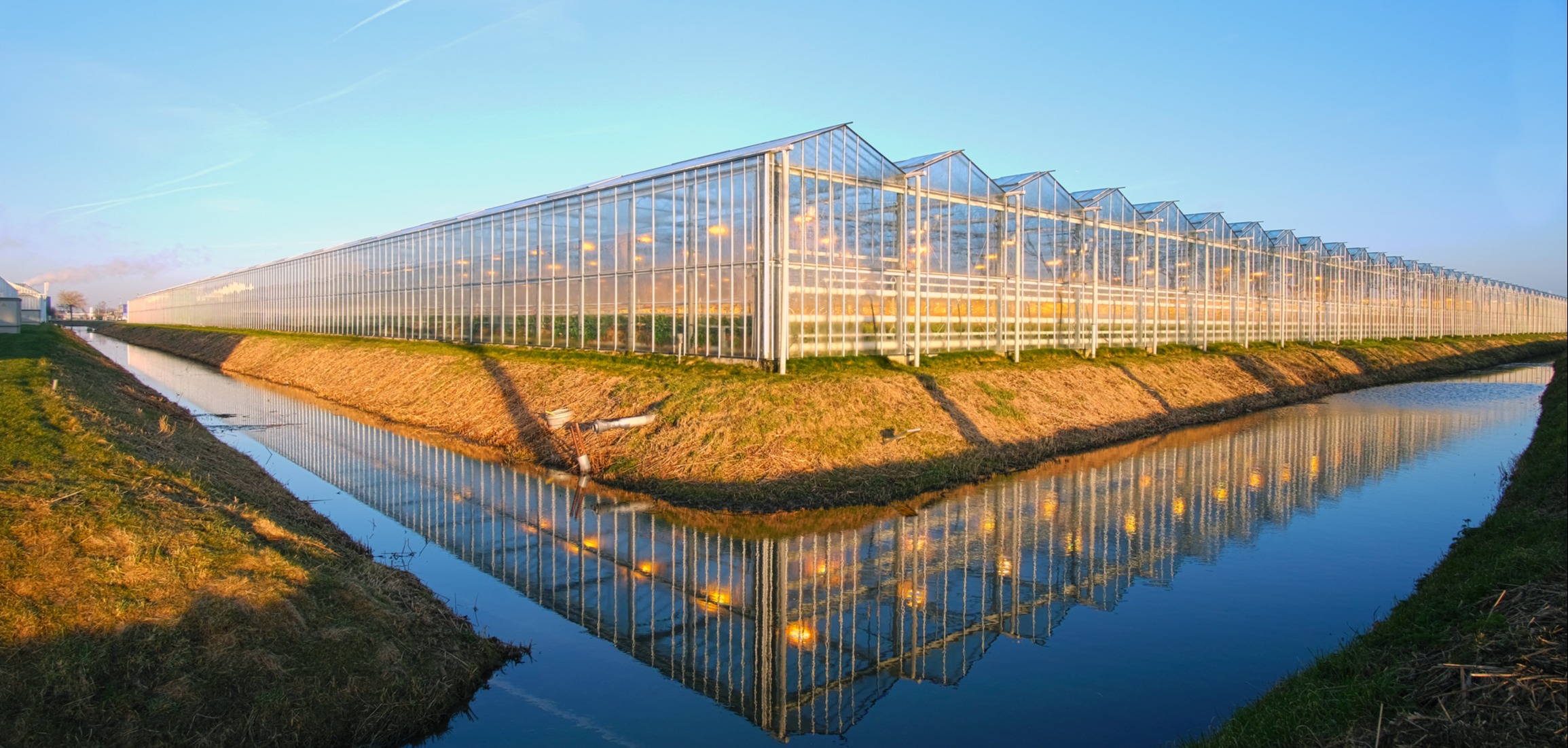Marine plastics, a widespread problem
Did you know that about 50% of all plastic material is used only once and thrown away? When thrown away, it becomes waste and unfortunately plastic is also a material which only slowly degrades. In one of our previous stories ‘Plastic debris! Time to turn the tide … ‘ colleague researcher Lisa Devriese from Flanders Marine Institute (VLIZ, vliz.be) already explained us that most of the plastic litter ends up in our rivers, seas and oceans. Plastic pollution is a widespread problem affecting our marine and coastal environment.

Remote sensing to support visual selection methods
But besides these overall facts and figures, the truth is also that we know too little about the distribution, types, quantities and sources of marine plastic debris. Here is where satellites, drones and cameras can contribute.
- offer standardized objective measurements
- cover larger areas at a lower operational costs
- complementary to shipborne surveys
Marine plastics are now mainly monitored by visual selection from ships (sightings), using plankton nets or they are estimated from plastics ingested by marine biota. Remote sensing gives us new possibilities and insights to upgrade and support these monitoring efforts in order to tackle our battle against plastic pollution.
Looking for the best sensor
Satellites, drones and cameras or sensors can be used in many ways to detect and characterize plastics. Cameras or sensors are for instance already used in industrial sorting. Here, the sorting is often based on the typical spectral signal of plastics.
To confirm the presence of typical spectral features in plastics, we measured different types of plastic with a spectrometer in the lab. Clearly, in the visible spectral range (380-740nm), they all look different resulting in the different colours we can also observe. In the Short Wave Infrared (SWIR) (1000-3000 nm), several peaks and dips can be observed which is used in industrial sorting to discriminate plastics from other materials and identify the type of plastic.
It becomes however more complicated when the plastic is submerged in the water. Water absorbs strongly the light from the sun in the SWIR. The reflectance signal from the plastic in the SWIR will be almost completely masked by the water. So, the first step is to identify the limits of the spectral approaches. At what depth does the signal disappear? What if the plastic is wet? What is the influence from sediments in the water? Does the complete SWIR signal disappear, or are there regions we can still use?
We try to answer these questions by performing plastic experiments and tests in a controlled environment. The answers will enable us to identify the best sensor/camera for marine macroplastics detection.
Simulating real marine conditions - A recent experiment
The search for the perfect set up for our experiment started at a water tank at Flanders Hydraulics in Antwerp. The tank was constructed to test different types of instruments such as turbidity meters and allows to submerge the instruments in the water and keep sediments in suspension. For our experiment, we added an entirely new construction on top of the tank and surrounded the tank in black cloth. The construction on top of the tank could be used to attach different sensors, artificial lightning and submerge different types of plastic in the water. The final setup was the perfect environment to start our experiment.
Different types of plastic were added in the tank, such as rope, plastic bags and plastics bottles. Sediments from the docks in Antwerp were added and kept in suspension while performing our measurements. The turbidity of the water was measured with a turbidity meter in the tank and water samples were taken and analyzed to know the Suspended Particulate Matter (SPM) concentration.
Let me give you a glimpse at the results of the orange placemat shown above. The placemat was measured with the ASD spectrometer above the water surface and then submerged at different depths in the tank.
The orange curve in the figure below shows the reflectance of the dry placemat and is the same as shown above. The grey curve shows the reflectance of the placemat when submerged in the water at 2,5cm. Clearly, the water absorbs the light in the SWIR but at wavelengths smaller than 1100 nm there is a clear signal from the plastic material.
More measurements are now being performed with wet plastics, different plastics, with different turbidity and plastics submerged at different depths. We hope to share these results soon in a scientific publication!
Are you interested to stay informed about the experiment or macroplastic detection research in general, don’t hesitate to contact us.
---------------
This project is funded by the European Union's Horizon 2020 programme ATTRACT. The project aims to help revamp Europe’s economy and improve people’s lives by creating products, services, companies and jobs. Click here to find out more including a video in which Els Knaeps, project manager, explains the goal in 60 seconds.
